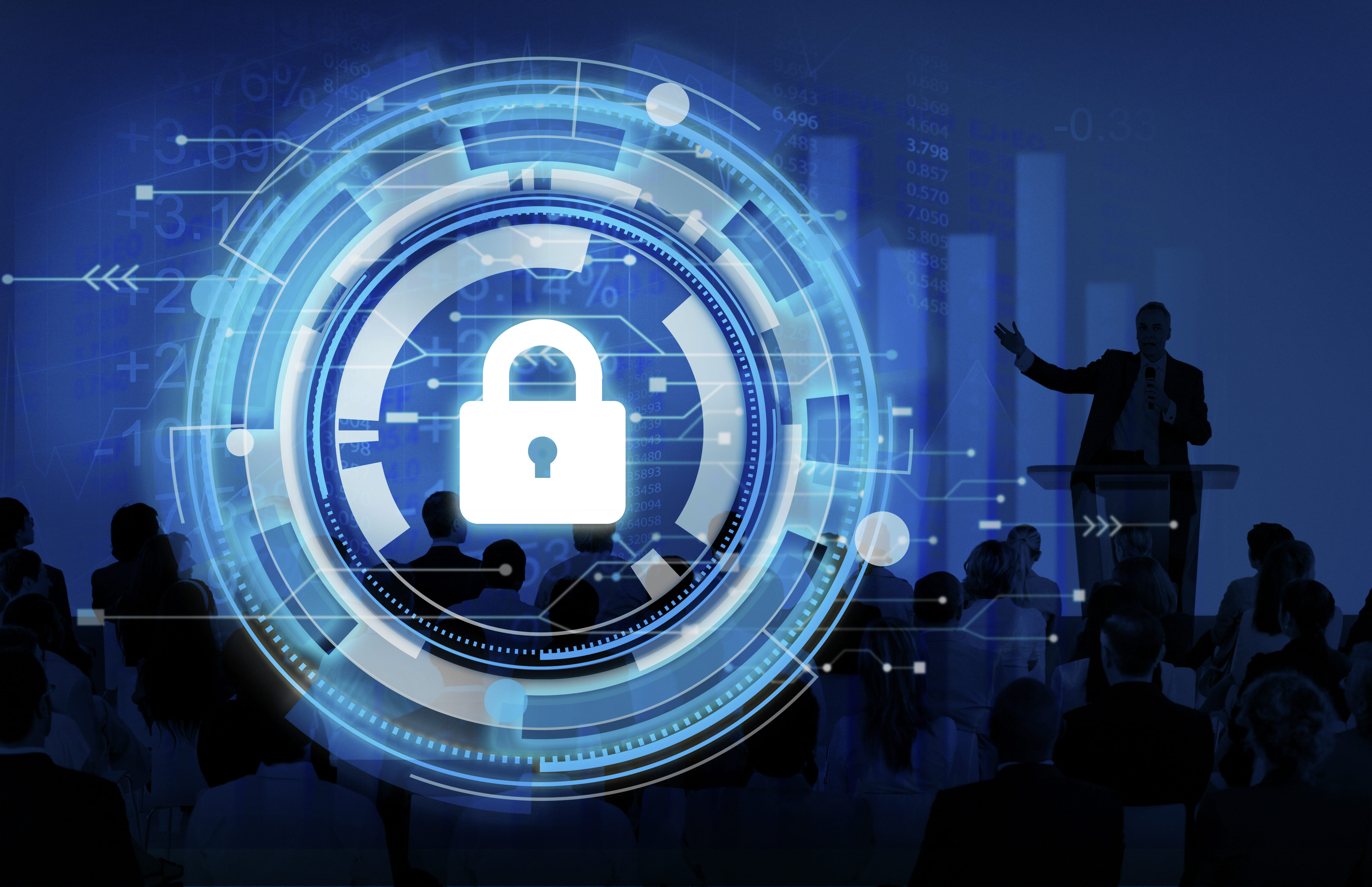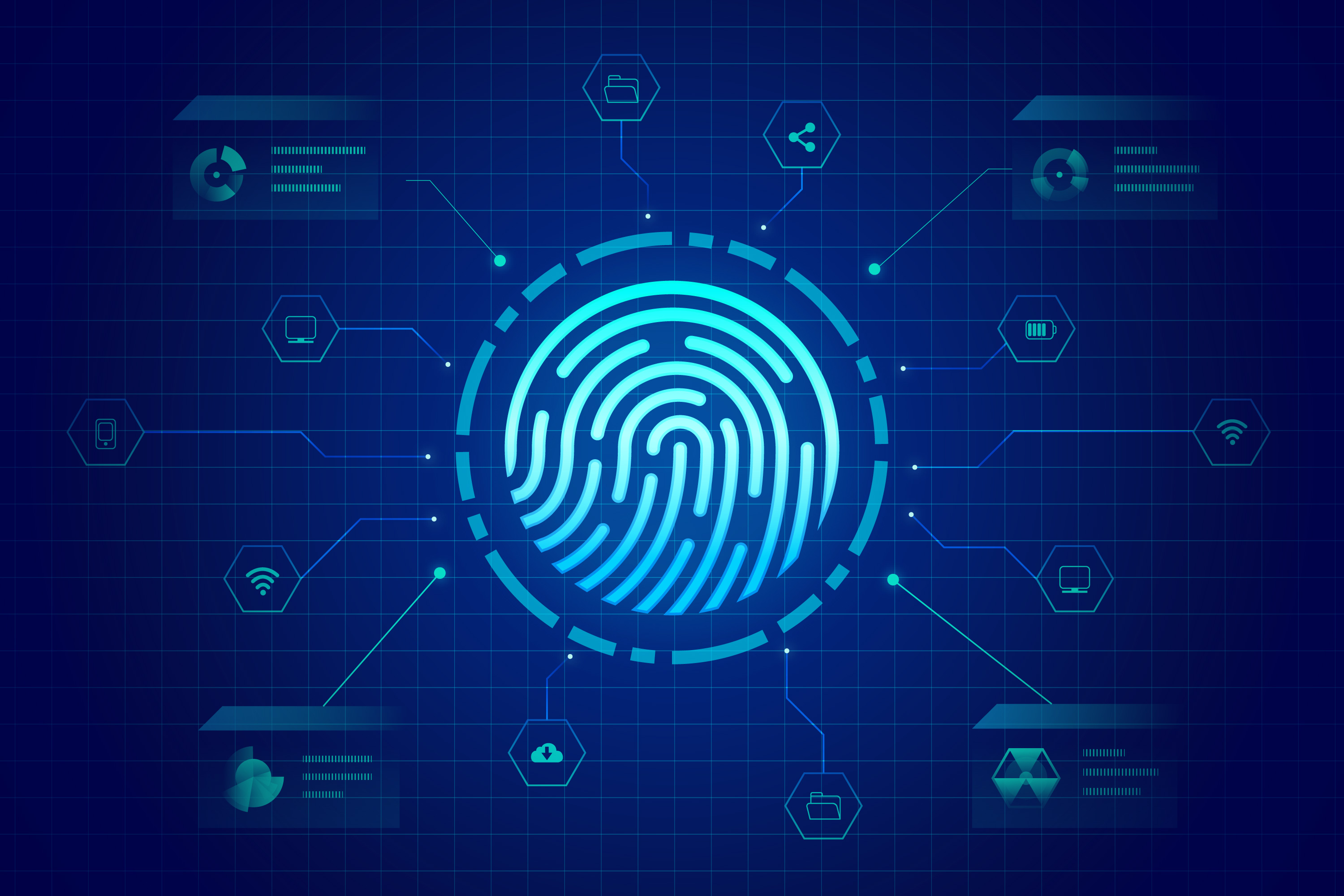
por Rebeca | Abr 19, 2023 | Sin Categoria
La ciberseguridad se ha convertido en una preocupación creciente en la era digital, y ningún sector está exento de recibir amenazas cibernéticas. En Europa, varios sectores han sido objeto de ataques cibernéticos en los últimos años, según datos proporcionados por Enisa.
En este post, desgranamos los seis principales sectores afectados por ciberamenazas en la Unión Europea el pasado año.
24% Administración pública/gobierno
Los gobiernos y la administración pública han sido objeto de numerosos ataques cibernéticos en Europa. Estos ataques pueden tener graves consecuencias, como la filtración de información confidencial, el acceso no autorizado a sistemas gubernamentales y la interrupción de servicios públicos.
13% Proveedores de servicios digitales
Con el crecimiento del comercio electrónico y la digitalización de los servicios, los proveedores de servicios digitales también han sido blanco de amenazas cibernéticas. Esto incluye a empresas que ofrecen servicios online como plataformas de comercio electrónico, redes sociales, servicios de correo electrónico, entre otras.
12% Público en general
La población también se ha visto afectada por estas amenazas, incluyendo ataques de phishing, malware y estafas online. Los ciberdelincuentes a menudo aprovechan la falta de conciencia y conocimientos en ciberseguridad de los usuarios para llevar a cabo sus ataques.
12% Servicios
El sector de servicios, que incluye una amplia gama de industrias como transporte, logística, turismo, hotelería y más, también han sufrido las consecuencias de los ciber ataques. Estos pueden tener un impacto significativo en la operatividad y la reputación de las empresas del sector.
9% Finanzas/banca
El sector financiero, que maneja una gran cantidad de datos sensibles y transacciones financieras, ha sido durante mucho tiempo un objetivo atractivo para los ciberdelincuentes. Los ataques cibernéticos en este sector pueden tener graves consecuencias financieras, así como erosionar la confianza de los clientes.
7% Salud
El sector de la salud también ha aumentado su vulnerabilidad ante las amenazas, especialmente durante la pandemia de COVID-19. Los ataques a sistemas de atención médica pueden tener consecuencias graves, como la interrupción de los servicios de atención médica, el robo de datos médicos sensibles y la exposición de la información personal de los pacientes.
La ciberseguridad es esencial en todos los sectores en la era digital. Los datos proporcionados por Enisa (agencia europea de ciberseguridad), revelan que la administración pública, los proveedores de servicios digitales, el público en general, el sector de servicios, el sector financiero y el sector de la salud son algunos de los sectores más afectados en la Unión Europea. Es crucial que empresas e instituciones inviertan en medidas de ciberseguridad adecuadas para proteger su información y activos, así como garantizar la continuidad de sus operaciones y la confianza de sus clientes y usuarios.
Ayudamos a empresas de diversos sectores a proteger su entorno y a innovar eficazmente. Vea cómo Soffid puede ayudarle a mantenerse a la vanguardia en un mundo digital que evoluciona rapidamente.
¿Hablamos?
- Noticias Parlamento Europeo

por Rebeca | Ene 11, 2023 | Ciberseguridad

Transforming risk into an advantage
The need for a conscious and holistic approach to governance, evidently risk and compliance (GRC) has never been more critical for organizations. As the business environment changes, companies need to evolve their GRC strategies to maintain a holistic view of interconnected risks, fourthly understand the financial implications of those risks and make more informed decisions at all levels.
How to take a proactive approach to transform risk into a strategic advantage:
- As your business prepares for inflation, economic uncertainty, and the global risk of stagflation, you must build resiliency to recover from obstacles with minimal business impact. despite Resiliency has gained importance in recent years. It integrates with enterprise-wide risk management and works across the organization, basically providing a comprehensive view of what’s at stake. Agility and resilience complement each other.
- Technology leaders, like CIOs, now at the center of corporate decisions, are becoming critical decision-makers in core business functions such as marketing, sales, product development, and finance.
- To build and maintain customer trust in third-party vendors, you need a proactive approach to third-party risk management. Amid escalating economic uncertainty, you need to look closely at third-party companies as businesses – which vendors are mission-critical and which ones you can eliminate with minimal negative impact. Most companies conduct some due diligence, but many don’t monitor third-party risks beyond an annual checklist. By then, information could be outdated, vendors noncompliant, and your business at risk. With the right tools and clear communication, your business can manage vendor risks to protect yourself and your customers.
- More than 80% of consumers believe companies should actively shape ESG guidelines, and almost all (91%) business leaders believe their organization is responsible for acting on ESG issues. Additionally, 86% of employees want to work for businesses that share their values.
- A resilient organization requires flexible and adaptable structures in all operational areas. While hybrid work offers employees flexibility, it also increases operational risk.

Risk management is everyone’s responsibility. Cultivating a culture of resiliency and taking control of third-party relationships will improve your risk attitude.
Source:
- Learn.g2.com
- PwC
- Logicgate.com
- Worldbank

por Rebeca | Feb 10, 2022 | Ciberseguridad, Noticias, Soffid

A convergent approach to enterprise security
Globalization, easy access to information, exponential growth of immigration and society diversity, worldwide political and cultural conflicts, all these phenomenons have impacted the threat paradigm of security that has also been immutably changed by domestic and foreign terrorism, and it is important a convergent approach to enterprise security.
Everywhere you go, organizations are in the middle of some sort of transformation. Whether it’s modernizing the platforms that have been there forever, trying to launch a data center in the cloud, or trying to manage manufacturing or IoT devices more efficiently, the size and shape of our digital footprint is changing. We no longer just have a “digital network”, or “digital services”, we now have an entire “digital ecosystem” and even that keeps expanding.
There’s no denying that we’re living in a time where the cybersecurity threat landscape is increasingly dynamic and complex. The landscape includes cloud-native environments, Infrastructure-as-Code (IaC), containers, secrets management, remote work
These new technologies and practices
Logically require security tooling to help address potential vulnerabilities and respond to threats and incidents when they do occur. However, there is a cost associated with the increased tool introduction and use.
Using multiple security applications results in identity sprawl. When a company uses siloed systems to manage its security risks without synchronizing them all, it creates a different identity for each application user. Few applications do not connect with the central server, forcing organizations to manage multiple identities.
Many organizations using cloud services have to suffer through various identity management. Organizations need to resolve identity sprawl issues to strengthen their cybersecurity and maximize security alerts. As every identity requires different credentials and passwords, it is impossible to keep track of them. Therefore, companies use the same passwords and account credentials for every application, pushing them to credential-stuffing.
If a company’s one application is targeted and breached, the attackers will gain access to the rest of the security applications and then sell this information on the dark web. From here, threats snowball, leaving the organization vulnerable to considerable brute force and hybrid attacks.
But how to have a convergent approach to enterprise security?
Product sprawl wastes many resources as the IT teams have to work overboard in software maintenance and individually train every employee to use all security products. It also wastes valuable time finding, opening, navigating, obtaining vital information, and switching between multiple products.
Product sprawl negatively affects individual and team productivity. When the teams have to operate numerous applications, it reduces the opportunity to work together and stay on the same page. Moreover, the transition from existing tools also becomes impossible as it requires training sessions to get them up to speed with every software.
What about Convergence?
We can define Convergence as the identification of security risks and interdependencies between business functions and processes within the Enterprise, and the consequential development of managed business process solutions to address those risks and interdependencies. This definition captures a significant shift from the emphasis on security as a purely functional activity, to security as an “added-value” to the overall mission of business. This is an
t starting point because it essentially changes the way the concept of security is positioned within the enterprise.
Future and approach to enterprise security
Managing the successful convergence of information and operational technology is central to protecting your business and achieving crucial competitive advantage
Identity Governance and Administration is– and to have effective security must be– that common meeting point of many different security disciplines.
To efficiently and effectively draw the security perimeter, it makes more sense to have a single, holistic view of organizational identities where you can determine policy, view posture, enact compliance, and respond to risk.
GRC (Governance, Risk Management, and Compliance) is the future of cyber security. A well-thought GRC strategy improves security objectives by better decision making, information quality, and team collaboration.
Cybersecurity platforms – A convergent approach
Makes it easy to transition new employees without extensive training. As the previous cybersecurity system needs to be manually monitored and tracked, GRC has automated firewalls. High-quality antiviruses and firewalls make businesses more secure, catching and destroying viruses before they breach the central data platform.
For organizations that are already worried about their cybersecurity incident response preparation. Once the accelerated pace of migration to the cloud brings on new and unique challenges. So in an attempt to close these security gaps, organizations spend on the latest cybersecurity tools.
Some special accounts, credentials, and secrets allow anyone who gains possession of them to control organization resources, disable security systems. Access vast amounts of sensitive data. Their power can provide unlimited access, so it’s no surprise that internal auditors and compliance regulations set specific controls and reporting requirements for the usage of these credentials. Interconnected IT ecosystems streamline business processes but often obfuscate core risks that need to be identified. Analyzed, and monitored to create an enterprise Governance, Risk, and Compliance (GRC) vision. Soffid is is equipped with federation functionalities, privileged account management, low level permits, separation of functions and recertification processes.
Final words about enterprise security
Our intelligent analytics continuously monitor for and identify new access. Risks while providing native connectors with GRC solutions so risk managers can create holistic enterprise risk management strategies.
Sources:
(1) riskandcompliancemagazine.com
(2) Pwc
(3) Deloitte
Picture: <a href=’https://www.freepik.es/vectores/fondo’>Vector de Fondo creado por freepik – www.freepik.es</a>








